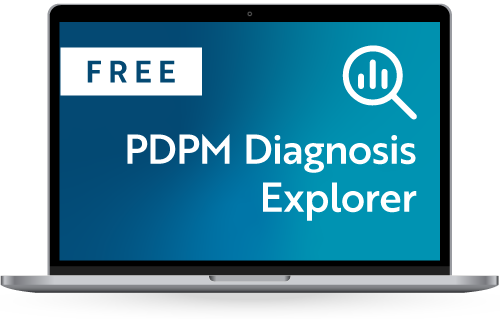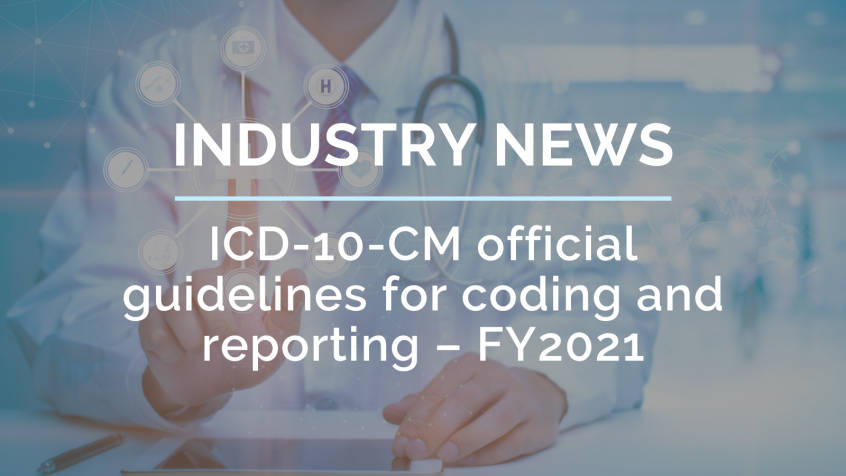“The Centers for Medicare and Medicaid Services (CMS) and the National Center for Health Statistics (NCHS), two departments within the U.S. Federal Government’s Department of Health and Human Services (DHHS) provide the following guidelines for coding and reporting using the International Classification of Diseases, 10th Revision, Clinical Modification (ICD-10-CM).
These guidelines should be used as a companion document to the official version of the ICD-10-CM as published on the NCHS website. The ICD-10-CM is a morbidity classification published by the United States for classifying diagnoses and reason for visits in all health care settings. The ICD-10-CM is based on the ICD-10, the statistical classification of disease published by the World Health Organization (WHO).
These guidelines have been approved by the four organizations that make up the Cooperating Parties for the ICD-10-CM: the American Hospital Association (AHA), the American Health Information Management Association (AHIMA), CMS, and NCHS.”
This 126-page guidelines document was updated for January 1, 2021. Narrative changes appear in bold text with underlined items showing what has been moved within the guidelines since the FY 2020 version. Italics are used to indicate revisions to heading changes.
“These guidelines have been developed to assist both the healthcare provider and the coder in identifying those diagnoses that are to be reported. The importance of consistent, complete documentation in the medical record cannot be overemphasized. Without such documentation accurate coding cannot be achieved. The entire record should be reviewed to determine the specific reason for the encounter and the conditions treated.
The guidelines are organized into sections. Section I includes the structure and conventions of the classification and general guidelines that apply to the entire classification, and chapter-specific guidelines that correspond to the chapters as they are arranged in the classification. Section II includes guidelines for selection of principal diagnosis for non-outpatient settings. Section III includes guidelines for reporting additional diagnoses in non-outpatient settings. Section IV is for outpatient coding and reporting. It is necessary to review all sections of the guidelines to fully understand all of the rules and instructions needed to code properly.”
There are 6 new codes that became effective on 1/1/2021:
- J12.82 … Pneumonia due to COVID-19
- M35.81 … Multisystem Inflammatory Syndrome
- M35.890 … Other specified systemic involvement of connective tissue
- Z11.52 … Encounter for screening for COVID-19. (This code should NOT be used during the pandemic. See the coding guidelines for specifics.)
- Z20.822 … Contact with and suspected exposure to COVID-19
- Z86.16 … Personal History of COVID-19
As to coding for primary diagnosis related to COVID-19, the guidelines state that when the resident has pneumonia due to COVID-19 or multisystem inflammatory syndrome due to COVID-19, the code for COVID-19 (U07.1) must be primary. Personal history of COVID-19 would never be a primary diagnosis, because it is a history and not an active diagnosis. Contact with or suspected exposure to COVID would also not be a primary diagnosis, because it is not an active disease.
Want to keep up with the changing COVID-19 situation in skilled nursing?




2 Comments on “ICD-10-CM official guidelines for coding and reporting – FY2021 (Updated January 1, 2021)”
Yes I would like to subscribe to Briggs blog Covid related discussions. Thank you
Hello — To subscribe to the Briggs blog, please go to this page and click the ‘Subscribe’ button. Thanks!